Ukraine Update: Days 78-81
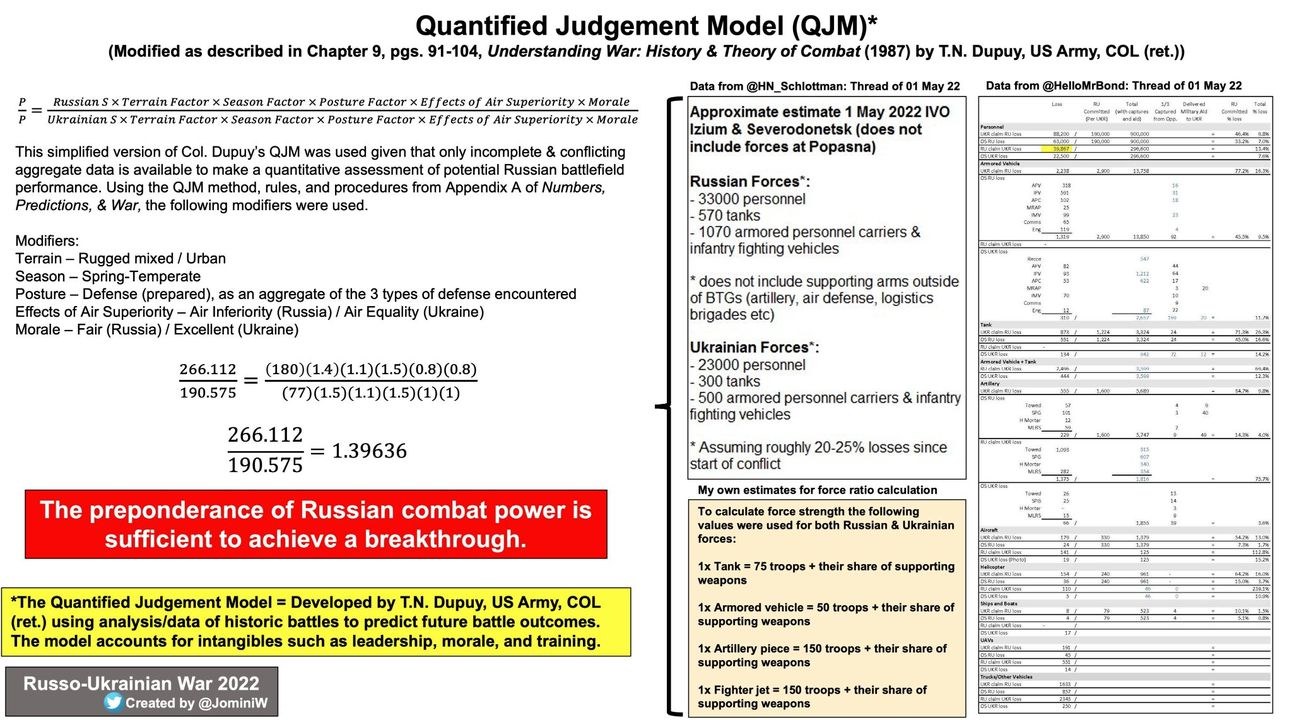
The Russian Armed forces in the North of the Kharkiv Oblast have crossed over back to Russia or have their back against the Russian border: Since the beginning of the Ukrainian offensive, those Russian units have not tried to establish a new defensive line, opting instead for a fighting withdrawal. This operation has been a great success for the Ukrainian Armed Forces. The Russian Army has established a defensive line in the East of the Kharkiv Oblast in order to defend its supply lines from Russia to North-East Ukraine.
Fighting in Privillya, which Russian forces entered. This also means that the Russian attempt at crossing the Siverskyi Donetsk at Nodovruzhesk has failed. Nevertheless, the Russians are on the offensive in the area. They are also pushing Southward from their positions in Liman.
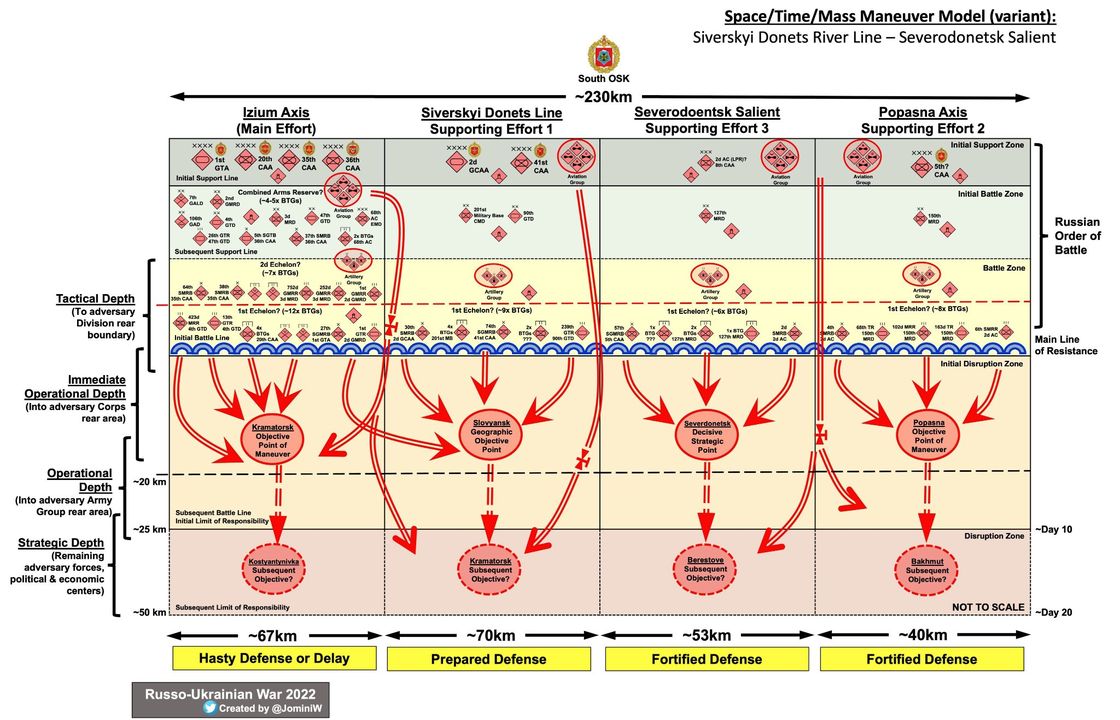
The Russians have taken Vojevodivka, between Rubizhne and Severodonetsk. This move has brought them closer to the Northern outskirts of Severodonetsk itself. The Soledar-Lysychansk Highway (T1302) is now within Russian artillery range and is indeed being shelled. This is the main supply road to Lysychansk and Severodonetsk. Ukrainian forces in the Severodonetsk salient have been complaining of the lack of air support, air defenses, armor, and ammunition.
Strategic Movements in Donbass and Kharkiv
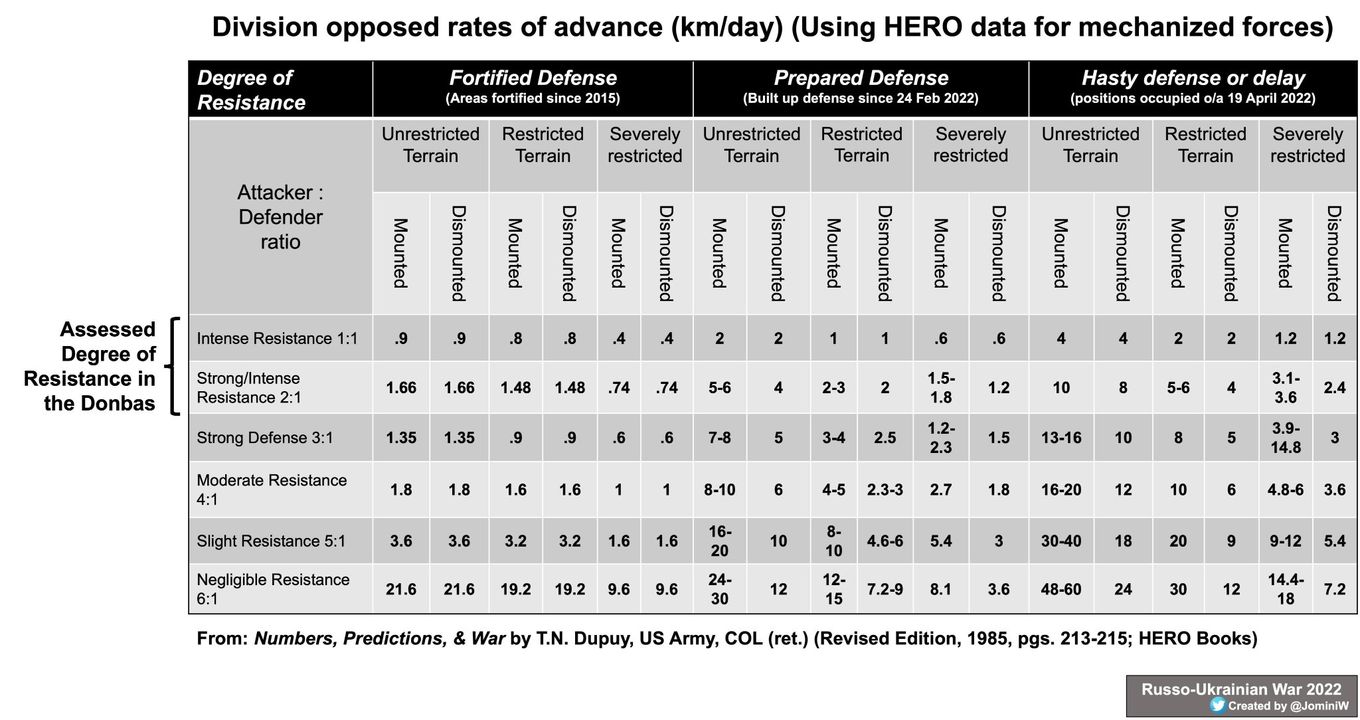
Ukraine has sent an estimated 5,000 reserves to the Donbass, including troops that were previously deployed along the Belorussian border in Western Ukraine.
Russian forces have captured Oleksandropillia (North of Popasna) and are now advancing North toward Komyshuvakha. Komyshuvakha is somewhat of a “hole” in the Ukrainian defensive line and is not fortified.
Russian advance toward Adiivka. Russian troops have also breached Ukrainian defenses North of Horlivka and are now attacking Novokalynove and Novobakhmutivka.
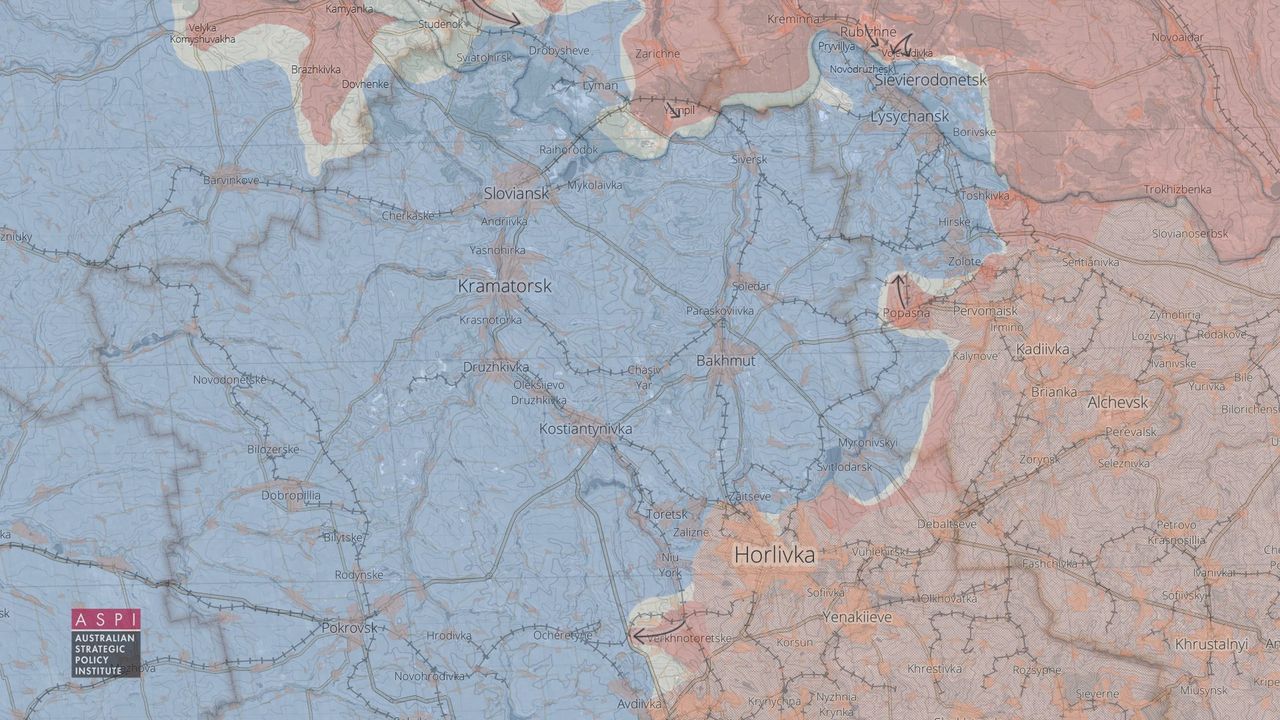
The Ukrainian offensive West of Izyum seems to have stalled after some initial successes: It is more than probable that the Ukrainian forces redeployed their efforts and assets inside the Severodonetsk salient to oppose Russian crossings of the Siverskyi Donetsk. By the same token, Russian forces in the Izyum axis have also mainly gone on the defensive after VDV troops and armor elements were withdrawn from the front for Rest and Refit in Russia. Nevertheless, Russian troops have entered Dovhenke, 20km South of Izyum.
Russian Losses and Tactical Data
Russian forces have incurred serious losses in their attempt to cross the Siverskyi Donets. Such losses are not sustainable. However, cracks are starting to show in parts of the Ukrainian defensive line. Which one will give out first?
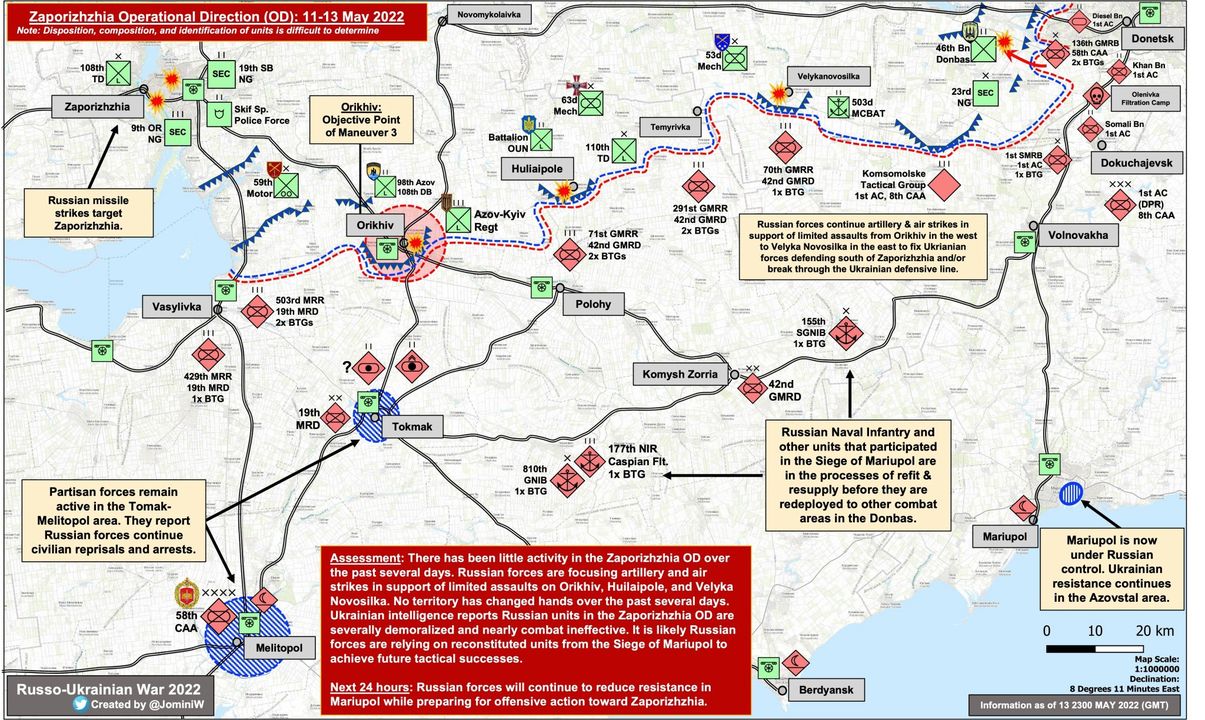
The slow Russian rate of advance in the Donbass matches the Historical Combat Data from the Dupuy Institute: Mechanised Forces usually register slow rates of advance against strong resistance over fortified terrain. The Russian problem is compounded by the fact Russian Forces in the Donbass do not have the numbers needed to achieve and subsequently exploit a decisive breakthrough.
Russian artillery units have apparently been deploying West of the Bryansk Oblast (Russia), right on the border with Ukraine and Belarus, opposite Chernihiv.
Strikes and Predictions
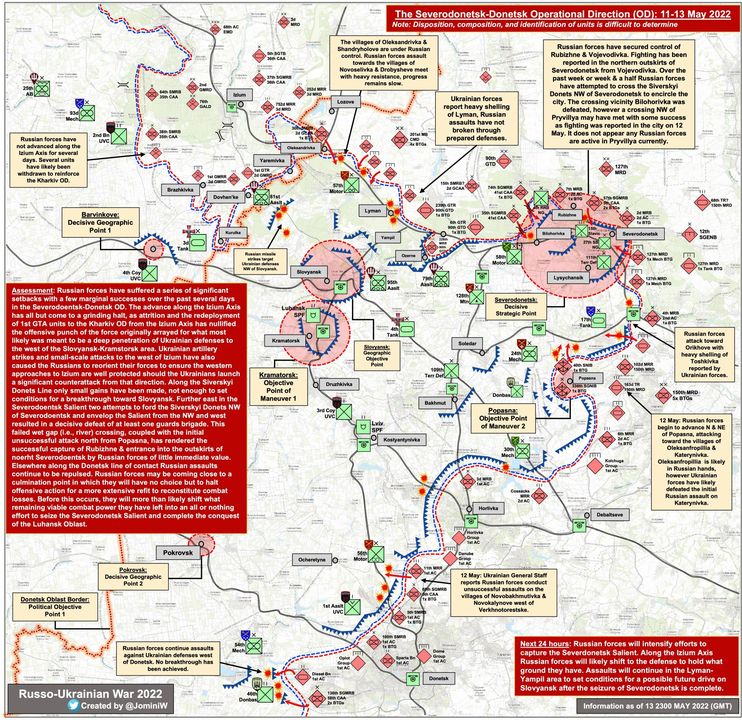
Russian strikes in the Zaporizhzhia Oblast and in Nikolayev. Three bridges destroyed in the Kharkiv Oblast. The Ukrainian oil refinery in Kremenchug has been hit again by between half a dozen and a dozen Russian projectiles.
Russian forces have also targeted Ukraine’s reserves of grain and fertilizer (economic warfare).
Ukrainian Head of Military Intelligence has predicted that the conflict will meet a turning point in August from which the Ukrainian Armed Forces will take the ascendency over the Russian Armed Forces, with the conflict ending in a total defeat for Moscow before the end of the year.
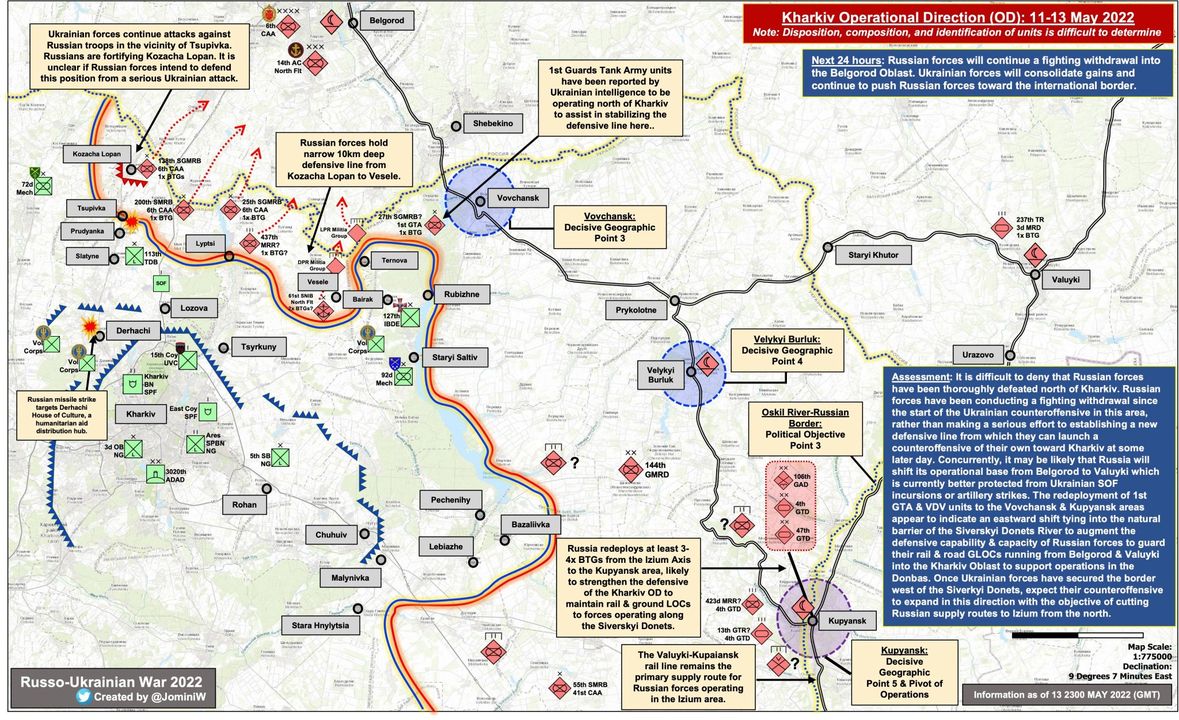
The VKS (Russian Air Force) still generates an average of 250 sorties a day.
Black Sea Fleet and Territorial Control
All Black Sea Fleet Russian submarines and vessels capable of launching missiles are now out at sea. The Russian garrison is back up to strength on Snake Island: They have been resupplied and two SAM batteries have also been installed on the island.
Separatists control 90% of the Luhansk Oblast and 54% of the Donetsk Oblast. Russian troops control over 80% of the Kherson Oblast as well as 70% of the Zaporizhzhia Oblast.
According to the New York Times, Ukraine has lost over 10% of its armed forces (11,000 deaths and 18,000 wounded) in the first 2 months of the war but is receiving weapons from 31 countries.
Estimates and Air Force Status
A Russian blog has released estimates of its own on the state of the Ukrainian Air Force and Air Defenses. The data somewhat contradicts the official Russian estimates: This blog claims that Ukraine still operates 24 S-300 and 36 Buk (batteries/launchers??) but assesses that all Ukrainian S-125 launchers have been destroyed. “This means Ukraine still retains 40% of its Air Defenses”.
All Ukrainian runways West of the Dnieper that have been hit by Russian strikes are operational.
It estimates that the Ukrainian Air Force has lost all its Su-24 but still operates a mix of 30 Su-27 and MiG-29 to which one can add 12 Su-25 and a mix of 30 Mi-8 and Mi-24.
We are obviously unable to double-check those figures.
Miscellaneous Updates
Turkey will not support Finland and Sweden’s accession to NATO over links with the PKK. – President Erdogan.
Russian Ruble becomes “World’s best-performing currency” of 2022 so far. That won’t help the Russian population at large but shows the resilience of the Russian state and economy in the face of overwhelming sanctions. How long this state of affairs can last is anybody’s guess.
In April, Russian oil exports reached 8.1 million barrels a day, back to their pre-war average. 20 European nations have opened an account in Ruble with JSC Gazprombank.
Economic Impact
Ukraine has stopped the transit of Russian gas through its pipeline, citing “enemy interference on the pipeline’s hub in the Donbass”. This move will cost Ukraine $1.2 billion a year in lost gas transit fees. But it also deprives Europe of 33% of its gas supply!
Meanwhile, Russia has switched off the flow of gas through the Yamal pipeline. This is Moscow’s way of sanctioning countries that have imposed sanctions of their own on Gazprom’s European subsidiaries (i.e. Germany and Poland). For now, only Nord Stream remains open to supply Germany (and Northern Europe) with gas.
The Ukrainian economy is expected to see its GDP drop by 50% and 25% of its businesses have already shut down, costing an estimated 4.5 million jobs. The Russian blockade of Odessa costs Kiev an estimated $170 million a day. Ukrainian energy suppliers are facing bankruptcy as very few people are able to pay their bills, nowadays. Naftogas is cashless and unable to fill gas tanks ahead of this coming winter. Meanwhile, most of Ukraine’s coal mines are in the Donbass.
Agricultural and Food Supply Issues
28 million tons of grain is stuck in Odessa. Before the war, Ukraine supplied 12 percent of the planet’s wheat, 15 percent of its corn, and half of its sunflower oil. David Beasley -Executive Director of the United Nations World Food Programme- has warned that if Odessa wasn’t returned to operational status within 60 days (Russian blockade lifted), Ukraine’s agriculture-centric economy will implode: “If you don’t get this port issue resolved and open, Ukraine’s economy completely collapses.”
Crimean authorities have announced that 115,000 hectares of agricultural land that dried out after the Ukrainian authorities dammed the North Crimean Canal in 2014 will now be cultivated once more. The Ukrainian dam was blown up by Russian forces at the beginning of the Russian offensive in the Kherson Oblast in February this year, thus securing the peninsula’s supply of fresh water.
-RBM.










